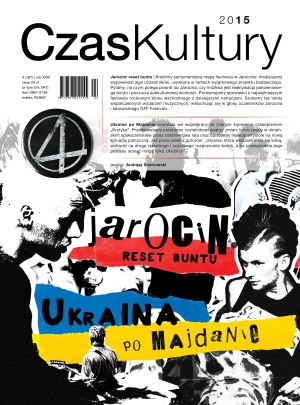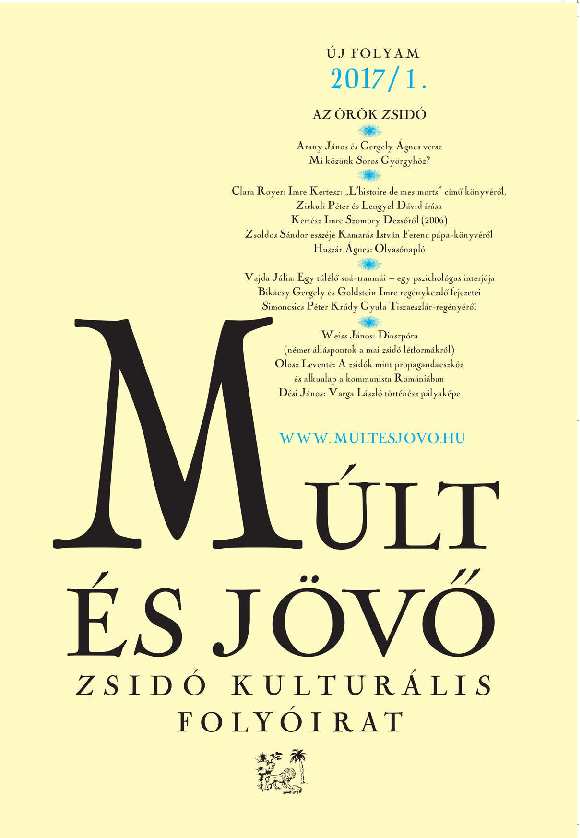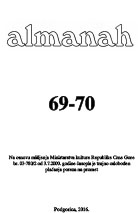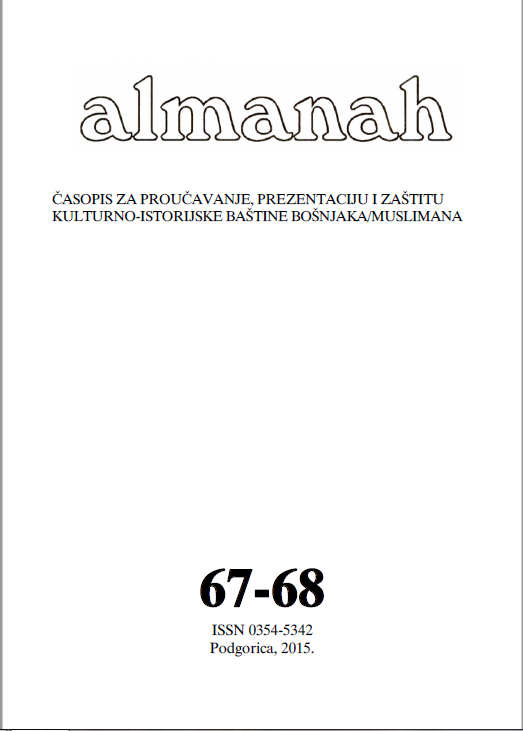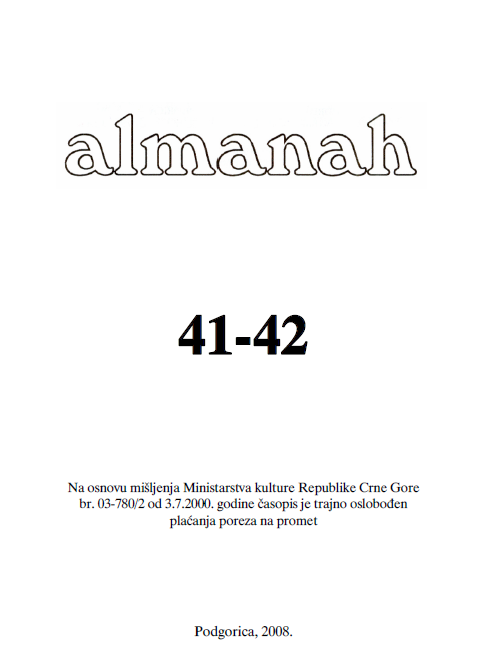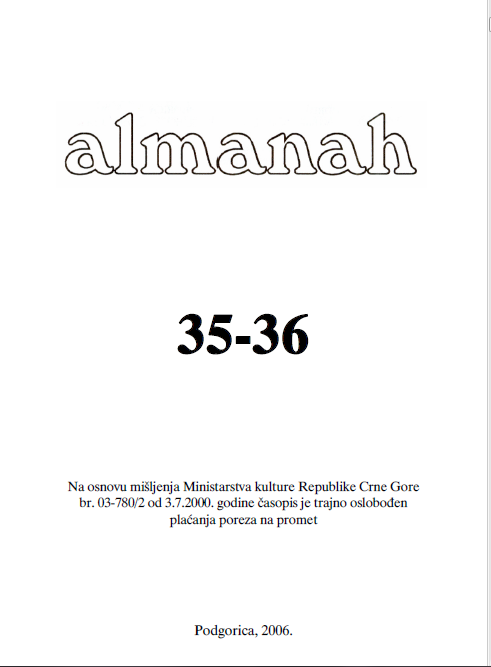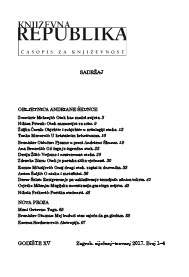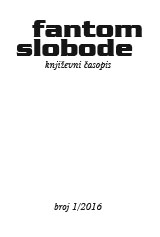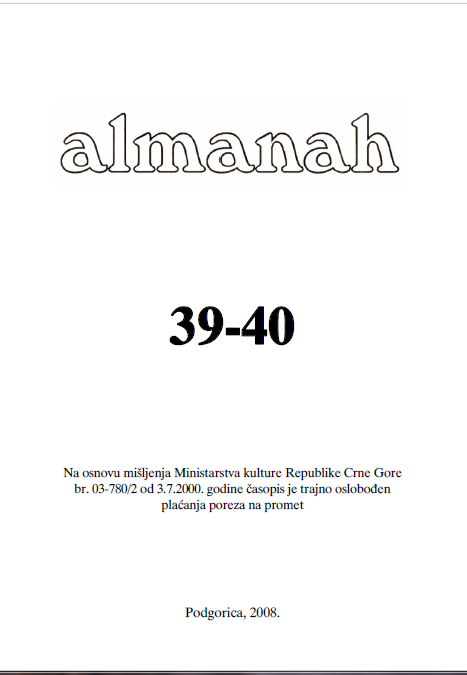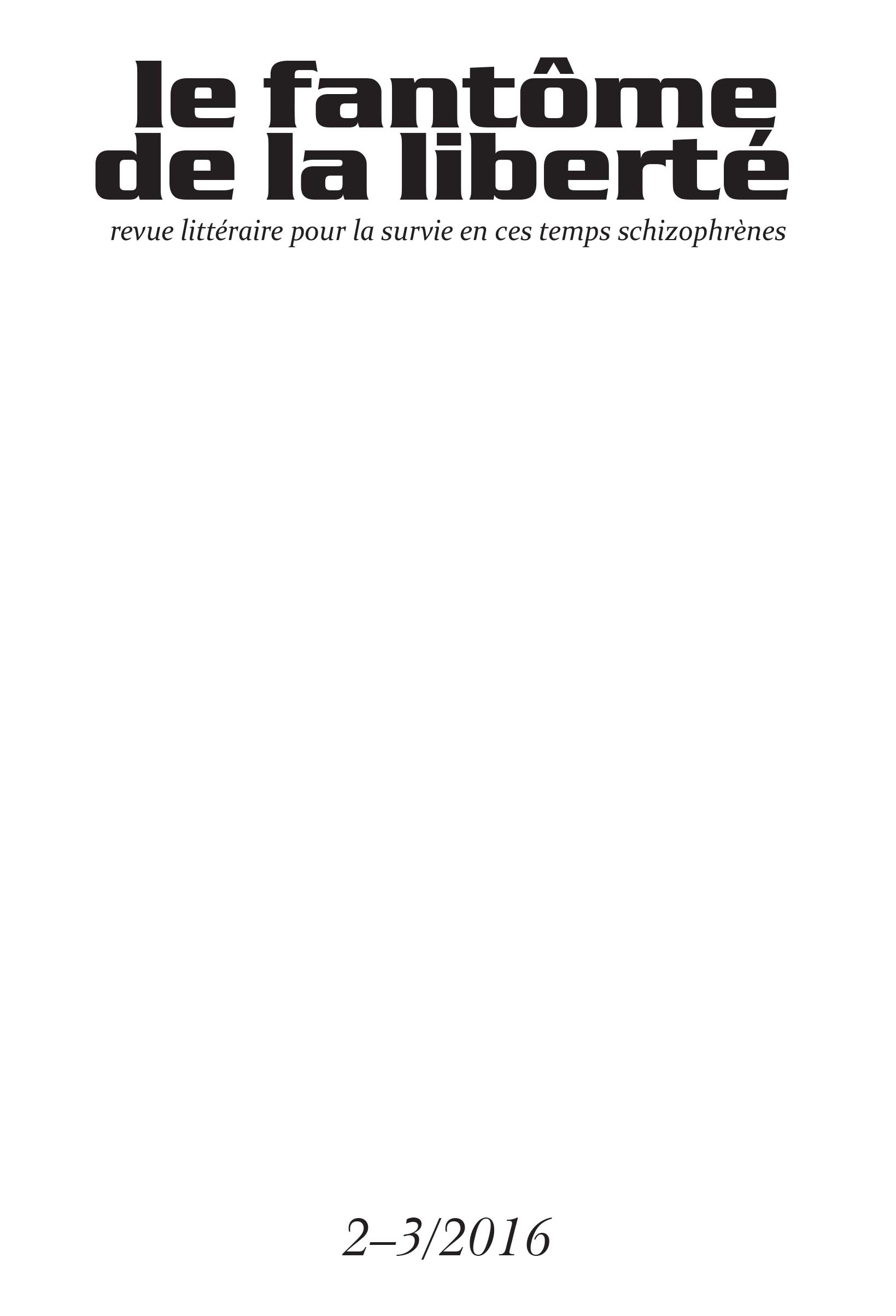
La colline
La mouche s’est posée sur une boucle de cheveux de Jésus, puis s’est brusquement déplacée sur l’affiche du Hajduk, rampant le long de la cuisse d’un jeune homme au regard tourné vers l’avenir. Puis elle s’est envolée et a percuté à plusieurs reprises la vitre de la fenêtre encore fermée, cherchant une sortie de cette chambre où je me trouve à attendre que l’homme que j’ai tiré de sa sieste inscrive le numéro de ma carte d’identité, mon nom et prénom, mon numéro de portable. Telle est la procédure, m’a-t-il expliqué, alors qu’il cherchait la clé de la tour de garde sur la petite armoire dont les petites portes se prenaient obstinément dans le chapelet. Il m’a dit que quelqu’un de sa famille m’amènerait là-haut pour la première fois, mais pas avant la fin de la journée, quand le soleil commencerait à décliner et que les hommes ne sortent du travail.
More...
